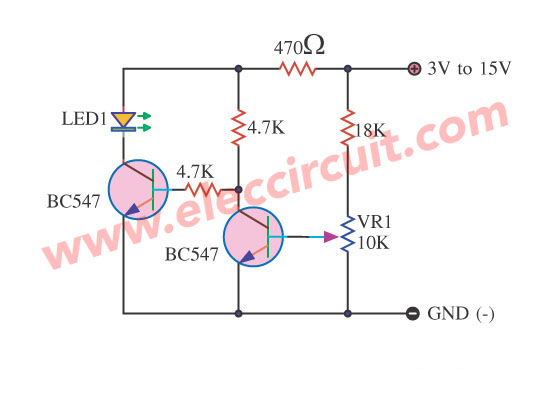Hello,
I have on my breadboard this:

Just some difference because I miss some parts.
R1 is 2.2M
R2 is 12k
C3 is 33uF
I might have just a bit of more boosting. Over 20db.
Sooner or later I want to build it to use it, but even to test some jfet transistors.
The transistors I'm using now is ok, and I'm testing the circuit on a solid state amp.
It works, but it distorts a bit, I assume it was a clean boost.
I just want to know if it is ok.
Thanks.
I have on my breadboard this:

Just some difference because I miss some parts.
R1 is 2.2M
R2 is 12k
C3 is 33uF
I might have just a bit of more boosting. Over 20db.
Sooner or later I want to build it to use it, but even to test some jfet transistors.
The transistors I'm using now is ok, and I'm testing the circuit on a solid state amp.
It works, but it distorts a bit, I assume it was a clean boost.
I just want to know if it is ok.
Thanks.



 ).
).




